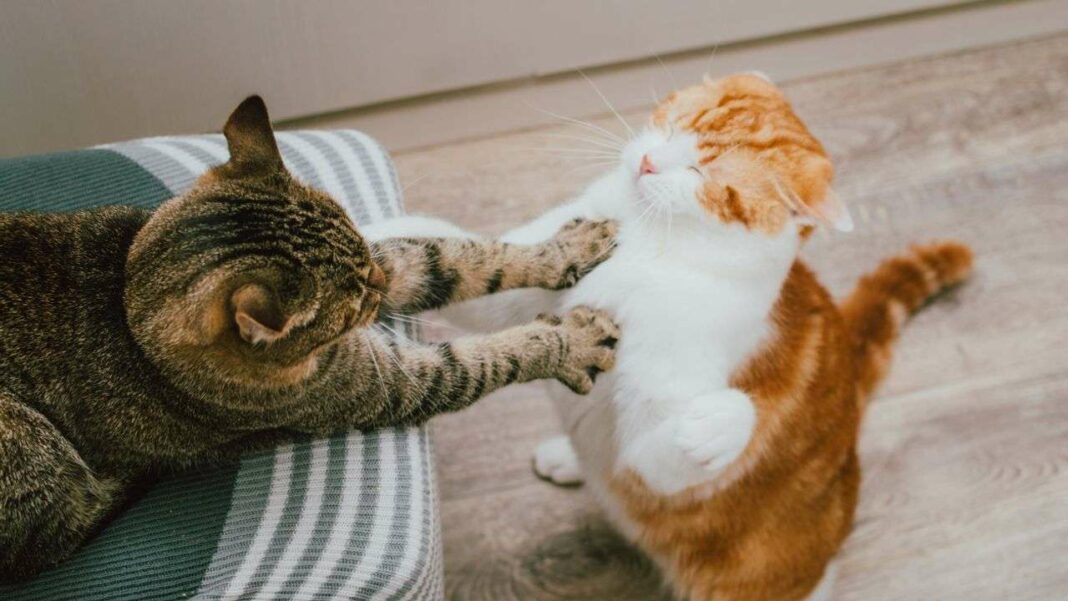Feline conflicts often arise from territorial disputes and competition for resources like food and playtime. Cats, whether in urban or apartment settings, can feel their territory is threatened, leading to squabbles. To minimize tensions, provide separate areas for resting, activity, and elimination. Additionally, ensure access to food and water is equitable by placing bowls in various locations. Engaging in individual bonding activities and using calming pheromones can also help maintain harmony among cats.
Understanding Feline Conflicts: Why Do Cats Fight?
Do your cats seem to squabble at the drop of a hat, setting traps for one another while vying for your affection? When these playful disagreements escalate into full-blown fights, it can create a tense atmosphere for everyone in the household. To help you maintain peace among your furry friends, here are some practical tips to ease tensions and foster a more harmonious living space.
The Importance of Territory in Cat Behavior
In the wild, an adult cat’s territory can span nearly a hectare, but this area diminishes significantly in urban settings, often shrinking to a mere hundred meters around the home. For cats living in apartments, their territory is confined to the living space itself, which typically comprises three distinct zones: the resting area, the activity zone (for hunting, feeding, and playing), and the elimination area (like a litter box). Territory is not merely a space to explore; it fulfills essential natural instincts for domestic cats. When multiple cats share a territory, conflicts are bound to arise. Even if they are familiar with each other, one cat may perceive the presence of another as an intrusion or a threat. While some cats may cohabitate peacefully, you might notice they tend to keep their distance, avoiding interactions. To mitigate friction, consider creating separate spaces for each cat, ensuring they each have a resting spot, an activity area, and an elimination zone. Whenever possible, designate different rooms or create distinct areas, especially between indoor and outdoor spaces.
Resource Access: A Major Source of Tension
Beyond territorial disputes, competition for resources such as food, water, and playtime can foster conflicts among cats. In more severe scenarios, one cat may monopolize the food bowl, blocking others from access or consuming all the kibble. This can lead to aggressive behavior when one cat observes you engaging with its ‘rival.’ If the dominant cat overindulges, the others may not get enough food, resulting in anxiety and behavioral shifts—such as increased aggression, excessive fear, or even inappropriate elimination habits. Chronic stress can also weaken their immune systems, making them susceptible to illnesses.
To alleviate issues related to food and water, consider placing bowls in various secured locations throughout the house, allowing each cat to dine in peace. Additionally, carve out special bonding moments with each cat based on their individual preferences—whether it’s a play session, cuddle time on your lap, or a stroll in the garden. You might also explore the use of calming pheromones to reduce tensions, and don’t hesitate to consult a veterinarian or a feline behaviorist if necessary.
